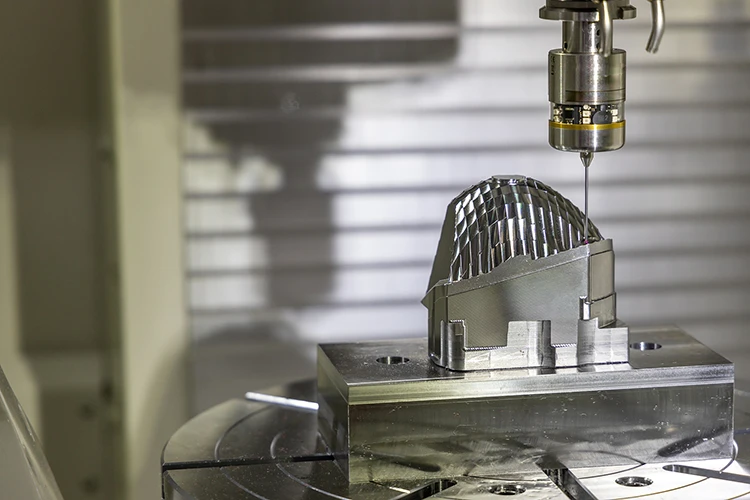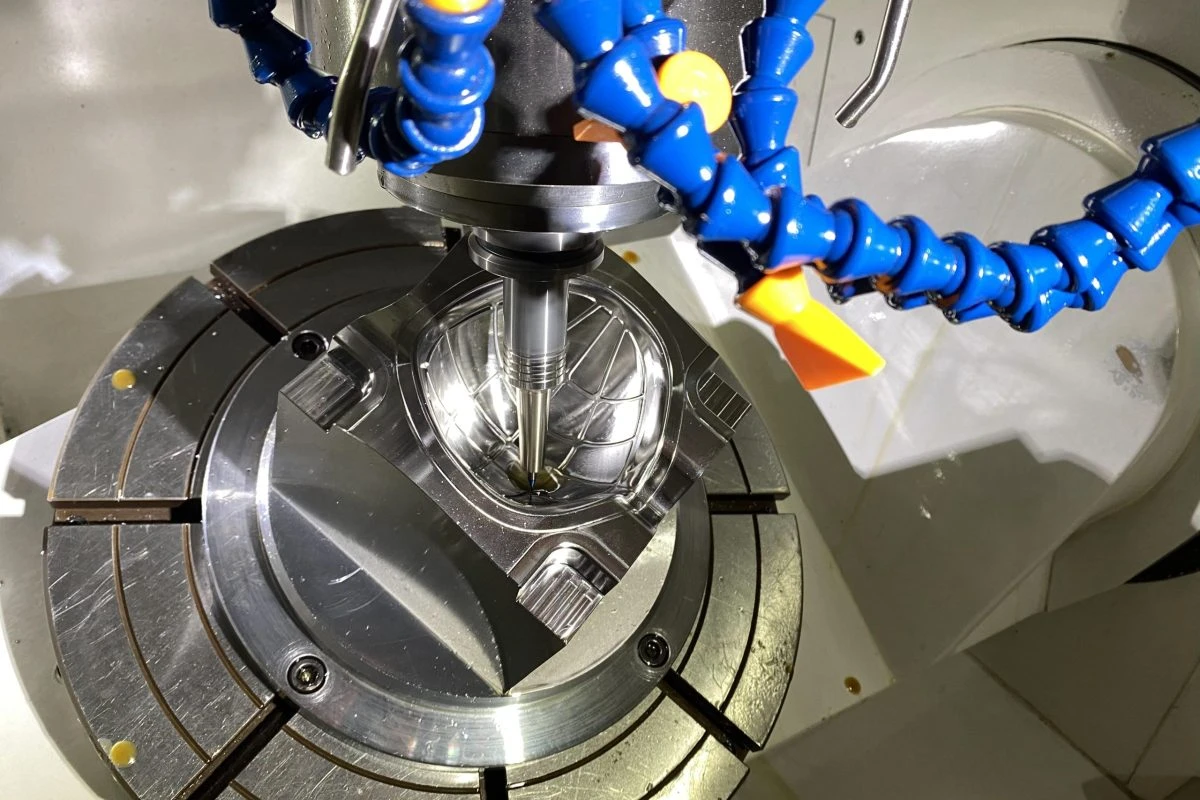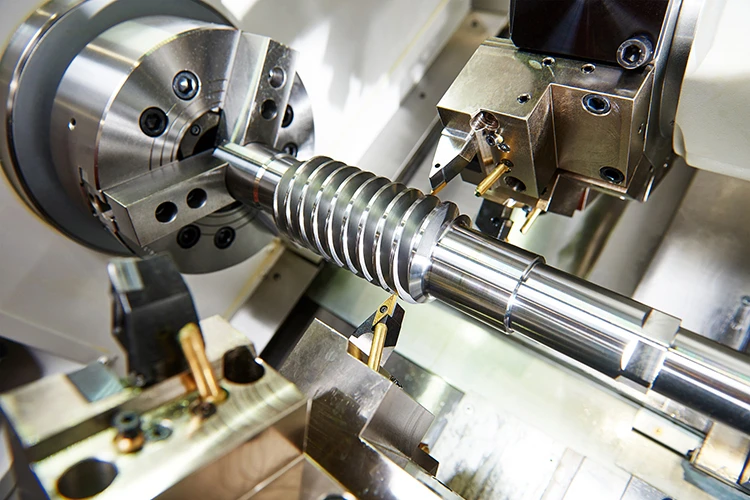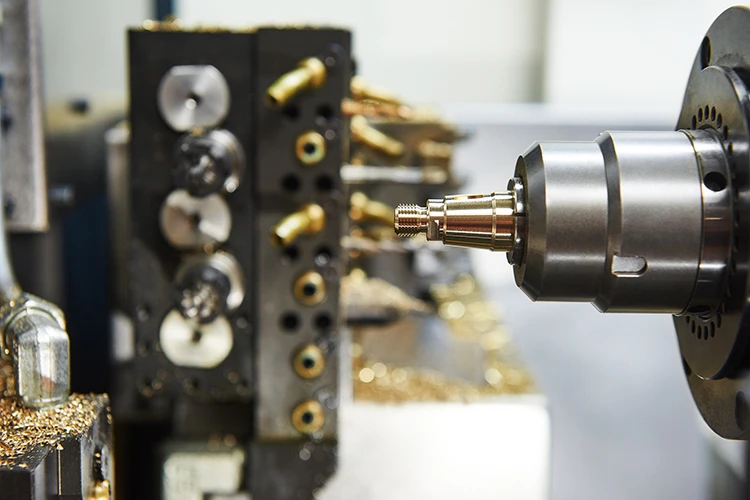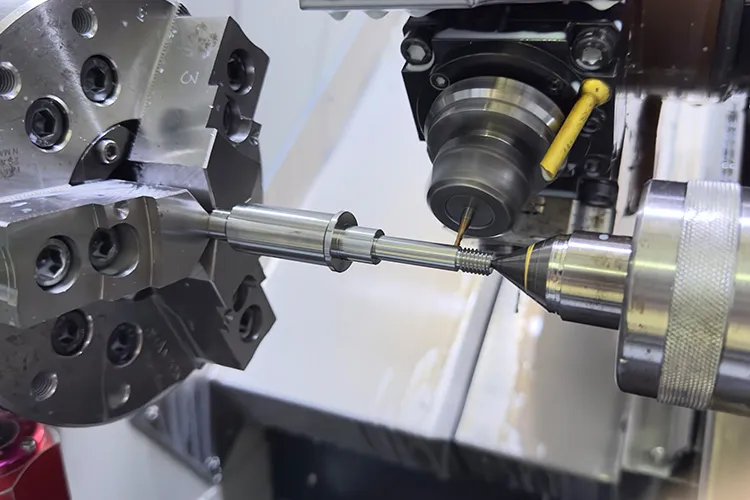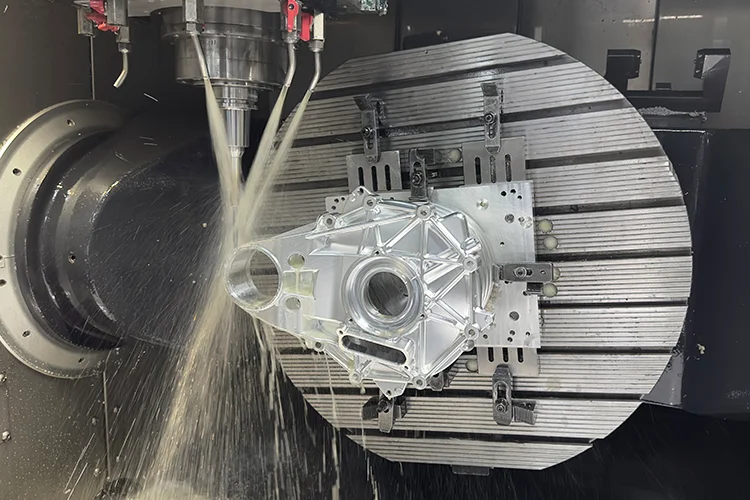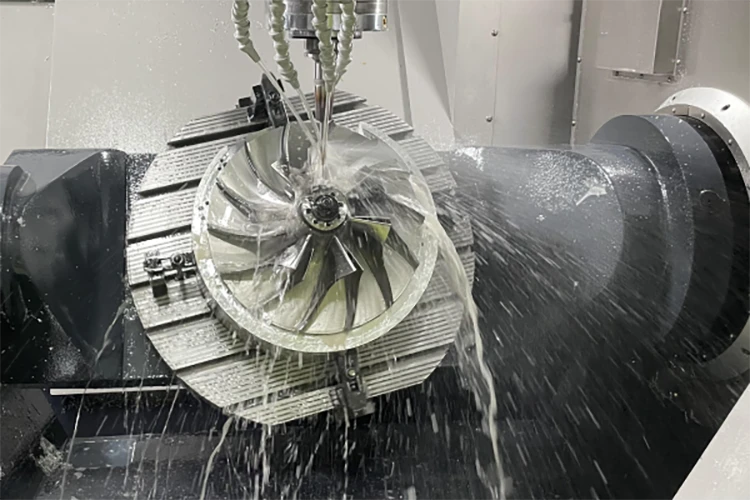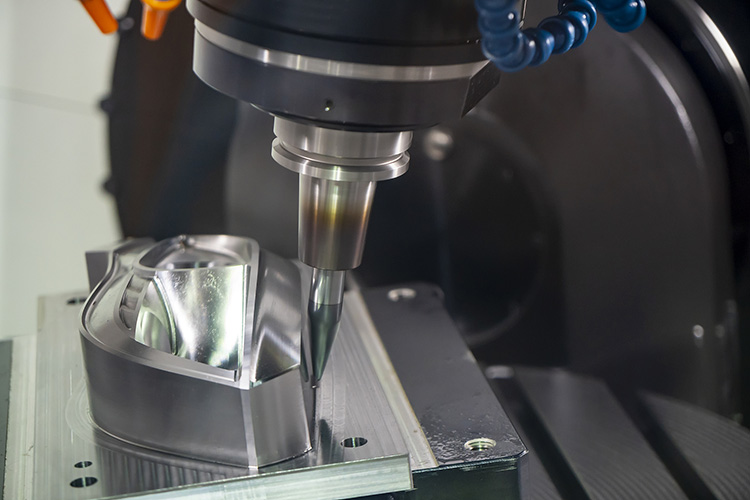Sheet metal fabrication, the practice of manipulating flat pieces of metallic into new shapes, is a practical and low-cost solution for making parts like brackets, enclosures, and kitchen equipment. It is one of the most efficient ways to make very large, simple products that don’t have highly detailed features.
However, engineering successful sheet metal parts are more complicated than it looks, and one major reason for that complexity is usually grain. Grain affects the strength and function of linen steel, so engineers must take care to fabricate their linen metallic parts with the feed-in mind; failure to do therefore can result in parts with critical weaknesses.
This article goes over the basics of grain in sheet steel: What is a feed? How does material size affect bed linen metal parts? And how will wheat direction impact the manufacturing process and the final parts?
What is bed sheet metal fabrication?
Linen material production (or bed and bath steel fabrication/ piece stainless steel prototyping) is actually a set of production processes used to cut, deform, and assemble smooth sheets of metal. These linens – of components like aluminum, metallic, and other metals – are made into standard gauges, and manufacturers can choose a suitable material and gauge based on the requirements of the end product.
In the majority of cases, several different procedures are used to turn a regular sheet of material into an end item. Cutting procedures include punching, laser cutting, water jet trimming, and plasma slicing; deformation methods consist of bending, stamping, and spinning; assembly techniques consist of welding. Deploying a sequence of these techniques can change featureless sheets and pillowcases of material into a usable parts like a piece of shelving.
Linen metallic is known as a suitable procedure for basic, huge, or thin-walled parts such as panels, mounting brackets, shelving, enclosures, doors, appliances, and home and office gear.
Precisely what is hemp in the list of precious metals?
Like most inorganic solid components, the kind of alloys used in creation is in a polycrystalline state: they are solid and include extremely small crystals or perhaps crystallites of various sizes and orientations held together by thin layers of amorphous solid. These types of crystals — and their arrangement – will be sometimes referred to as a material.
To make sheet steel, huge sections of unformed, heated material are fed through rollers, stretching them into linens of a uniform thickness. This rolling procedure elongates the various crystals in the path of the moving, creating what we call a given food to the path: the deposits are no longer along the length from the fabrics, and shorter over the long transverse (width) and short slanted (thickness). These kinds of elongated uric acid possess important effects on the behavior of the steel.
The mean size of each crystal, or the metal’s supplies size, also impacts the behavior of the metal. Feed size is definitely affected by the moving of the sheet metal but can also be changed in additional methods.
Precisely what is hemp in the list of precious metals?
Like most inorganic solid components, the kind of alloys used in creation is in a polycrystalline state: they are solid and include extremely small crystals or perhaps crystallites of various sizes and orientations held together by thin layers of amorphous solid. These types of crystals — and their arrangement – will be sometimes referred to as a material.
To make sheet steel, huge sections of unformed, heated material are fed through rollers, stretching them into linens of a uniform thickness. This rolling procedure elongates the various crystals in the path of the moving, creating what we call a given food to the path: the deposits are no longer along the length from the fabrics, and shorter over the long transverse (width) and short slanted (thickness). These kinds of elongated uric acid possess important effects on the behavior of the steel.
The mean size of each crystal, or the metal’s supplies size, also impacts the behavior of the metal. Feed size is definitely affected by the moving of the sheet metal but can also be changed in additional methods.
The materials course also impacts how a manufacturer might approach the nesting of piece metal salt parts. For example, if a producer intends to cut multiple designs from single linen, they must consider how the orientation of each shape relates to the elements way. In any case, they should try to ensure that the wheat or grain route can be consistent across parts therefore they can, for example, apply constant forces during twisting and various other operations.
How will hemp size influence the list of stainless steel parts?
The granule size of sheet metal may vary for different reasons. If it is certainly heated for too long a time, for instance, diffusion can easily consider place across supply boundaries – the spaces between individual crystals — resulting in a larger resource size.
It is important to control grain size because it has a significant effect on the yield power of this bed linen material. In general, a smaller wheat size will certainly lead to more powerful parts, while a bigger hemp size will result in weaker ones.
The effect of grain size on metal strength could be explained by commencement boundaries. Wheat limitations disrupt the motion of dislocations in the metallic and prevent cracks, and a smaller-sized gamète size increases the number of giving limitations in a given area, producing a higher power.
Hemp size is determined during linen metallic rolling, but it may also be adjusted afterward through annealing or perhaps normalizing: reheating the metallic to just under the recrystallization point and then allowing it to return to room temperature in the furnace (annealing) or cooled in the open air (normalizing).
View our cnc machining services in china.

